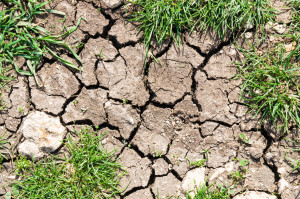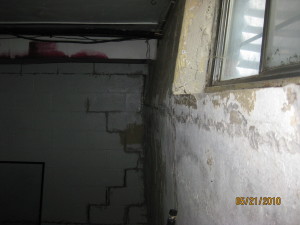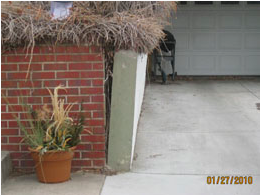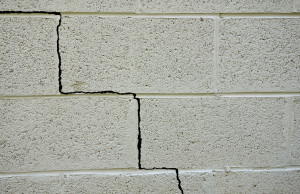 Expansive soil is a common problem for structures worldwide, and can be found in all 50 U.S. states. In fact, according to the American Society of Civil Engineers, as many as 25% of U.S. homes are at risk of damage due to expansive soils and the problem causes more financial losses in a typical year than all natural disasters combined.
Expansive soil is a common problem for structures worldwide, and can be found in all 50 U.S. states. In fact, according to the American Society of Civil Engineers, as many as 25% of U.S. homes are at risk of damage due to expansive soils and the problem causes more financial losses in a typical year than all natural disasters combined.
Here in Colorado, the Front Range is particularly at risk, with more than 50% of soils in our region classified as expansive. Other high-risk states include North Dakota, South Dakota, Montana and parts of Texas. Southern Louisiana is made up of almost exclusively of expansive soils as well.
We offer a soil condition map on our website that can give general soil condition details within the vicinity of your home in the Denver metro area: http://www.hieofcolorado.com/soil-condition/
What is Expansive Soil?
The term “expansive soil” simply refers to soils that contain water-absorbing minerals, such as certain clays, that expand as they absorb water. Although all soils contain minerals, it’s those with a high-concentration of expansive minerals like smectite, bentonite, montmorillonite, beidellite, vermiculite, attapulgite, nontronite, illite and chlorite that are particularly at risk.
Expansive soils are also known as “expandable soils,” “expansive clays,” “shrink-swell soils” and “heavable soils.”
Not surprisingly, when the ground under and around a structure gets wet and starts moving — and some expansive soils can expand and shrink by more than 10% depending on the water content — significant forces are exerted on the structure itself. This can cause damage ranging from foundation shifting, basement wall and floor cracking and other problems, including damage to above-ground structures related to these foundation movements
In addition to swelling when water is added, these expansive minerals also shrink as they dry out, which can cause ground cracking and foundation pull-back, which removes needed structural supports and can cause further shifting. Fissures, or cracks in the ground itself, can also form in dry expansive soils, allowing moisture to penetrate deeper underground, causing further structural damage and exacerbating the shrink-expand cycle.
What Does Damage From Expansive Soil Look Like?
Inwardly displaced foundation due to lateral pressure from wetting of expansive soil.
Overturning/partial failure due to pressure against a concrete retaining wall.
Foundation cracking.
Dry desert ground showing evidence of shrink-swell.
What’s the Solution?
The good news is that, when properly diagnosed, structures can be built to withstand expansive soils and repairs to existing homes in affected areas are possible. This is usually accomplished by either finding a way to stabilize the moisture content in the soil or by buffering the structure itself against soil movement.
No matter what problems you’re seeing at your home, the qualified structural engineers at HIE Consulting Engineers can help. Contact us today to discuss your needs.



